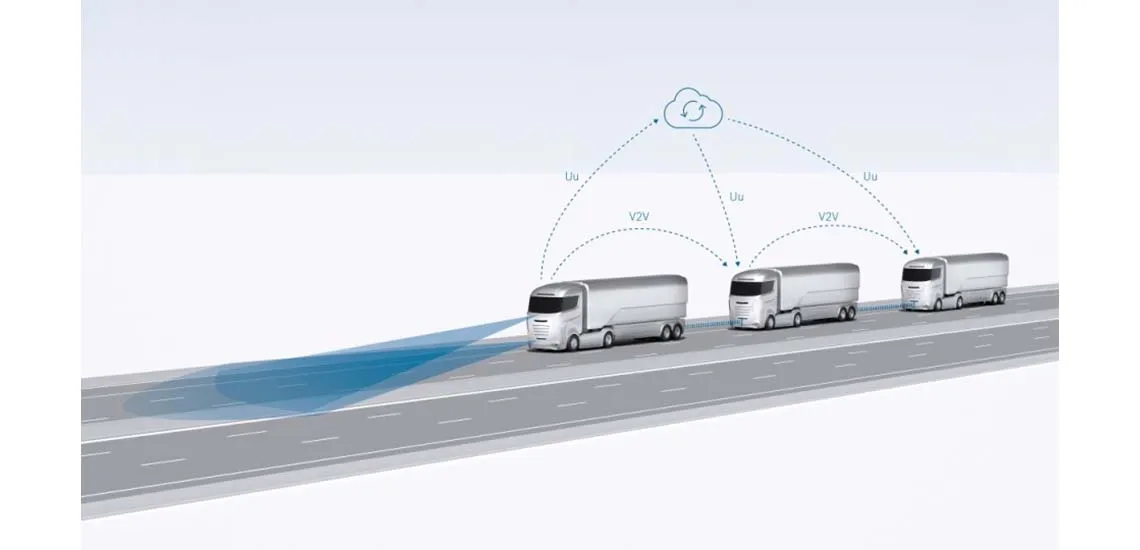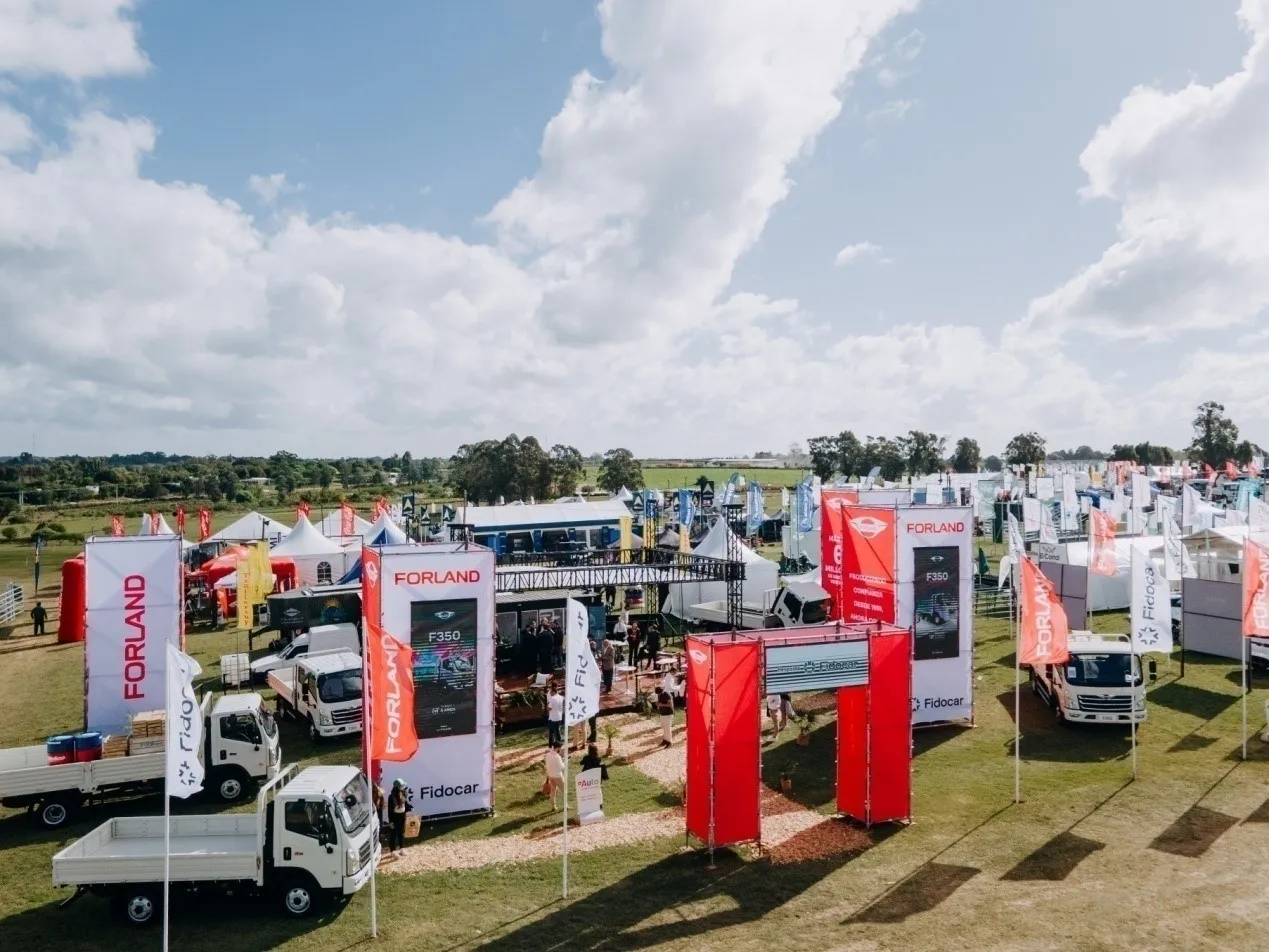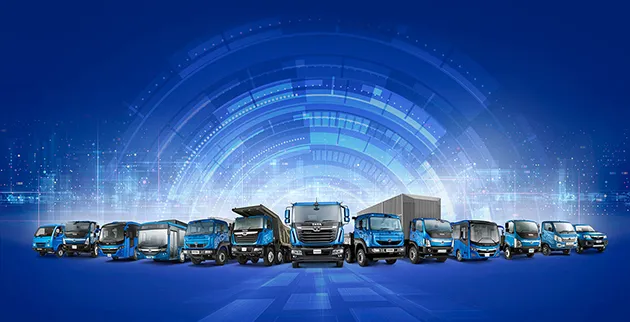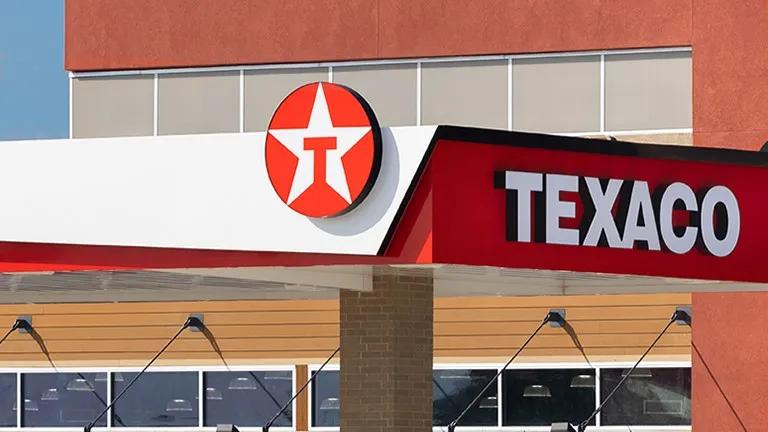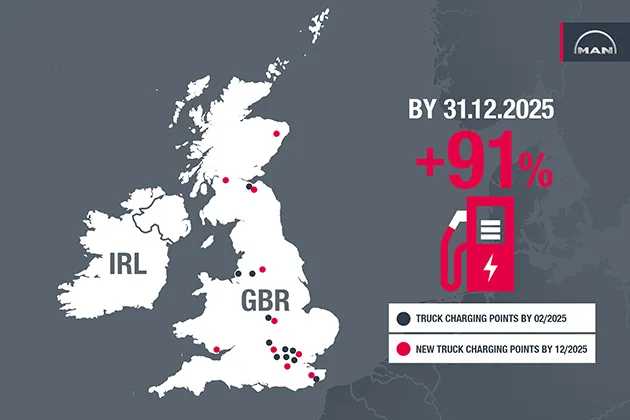Bosch, Escrypt, Kapsch, Nokia, and Deutsche Telekom collaborate as partners in the publicly funded CONCORDA project in a consortium headed by Ertico.
Methods for Faster & Secured Data Communication
One of the cornerstones of automated driving functions is secure data communication between road users. With the additional information supplied through such communication, automation systems can adapt their driving maneuvers to suit the current driving situation better than would be possible using only the vehicle’s own sensor technologies. How the flow of data in vehicle-to-vehicle communication can be kept stable and secure is a matter that Bosch, Escrypt, Kapsch, Nokia, and Telekom have been investigating over the past three and a half years in the European innovation project CONCORDA in a consortium.
This was headed by Ertico – ITS Europe, a public/private partnership pursuing the development and deployment of intelligent transport systems. The primary focus here was to investigate suitable ways of ensuring continuous data transport between the road users in the vicinity of the vehicle. Previous research has concentrated mainly on occasional warning messages that were sent out in cases of imminent danger.
The approach now being pursued has resulted in particularly strict requirements in terms of securing the communication network against unauthorized access. Moreover, fast and stable data communication between road users must be ensured at all times irrespective of the network quality, for instance, even when driving in tunnels. The goal of the research was therefore to determine which benefits the various communication technologies offer for continuous, secure vehicle-to-vehicle data transmission.
The objects used for testing in the CONCORDA project were trucks driven in convoy on stretches of public highways. During their journey, the trucks shared safety-relevant information, such as acceleration and braking data. The testing comprised three types of vehicle-to-vehicle communication. Firstly, direct Wi-Fi-based communication (ITS-G5), secondly, cellular-based communication that is direct (LTE-V2X PC5) and thirdly, indirect communication over the mobile network (LTE). With the latter method, the truck’s signals transmitted via the LTE network were first routed to a server in the edge cloud of the mobile network and from there were then forwarded to the test vehicles.
As the trials showed, all the tested systems more than adequately fulfilled the stringent standards with regard to information security. Thanks to their high transmission speed and low latency, the two direct channels of communication are very well suited for use within a radius of up to 500 meters from the vehicle. Within a wider radius of up to 3000 meters, indirect communication via the mobile edge cloud offers benefits. By linking the vehicle’s own data with the data from other road users or the infrastructure, it is possible to implement additional, more advanced functions in the area of automated driving using these methods. Nowadays, most new trucks already come equipped with an LTE unit. By adding the direct, secure channel of communication, parallel use of the two technologies can provide the optimal solution in terms of stable, continuous data transmission.
The results of the innovation project will be incorporated by the project partners into the further development of automated driving functions and communication technologies for trucks and cars that will make road traffic of the future even safer, more efficient and more comfortable.

